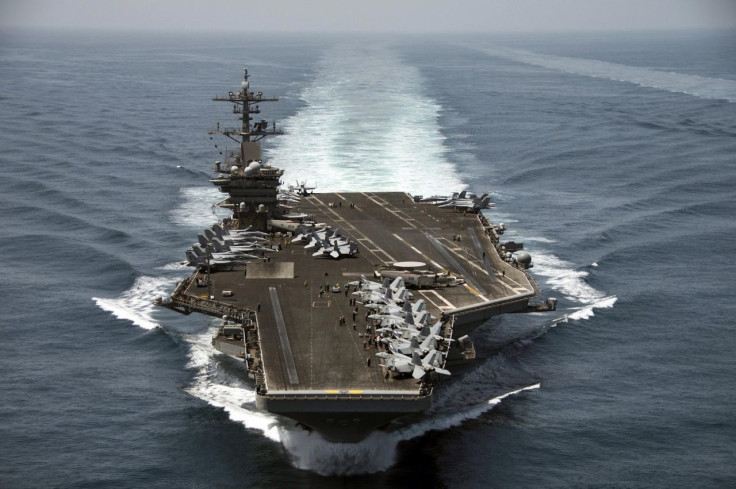US 2016 National Defence Authorisation Act Calls For More Weapons Against A Growing Russia

Russia’s incursion into Ukraine and growing air pursuits over the European skies seemed to have been well ingrained into the minds of U.S. lawmakers. The draft National Defense Authorization Act, or NDAA, headed for mark-up on April 29 calls for a new kill vehicle for ground-based missile interceptors, funds for nuclear refuellings of five aircraft carriers and amphibious assault ships, submarines, land-based cruise missiles and more.
The House Armed Service's Strategic Forces subcommittee said the U.S. needs to act fast in developing and improving its missile defence systems in order to competently wash out any domination plans being dreamt by Russia. For this, US$8.1 billion [$10.35 billion] for various missile defence programs has been proposed under the NDAA.
Among those mentioned is the creation of a kill vehicle that will revolutionise the U.S.’ missile defence architecture, Navy Adm. James Syring, director of the Missile Defense Agency, said in March before Congress. The machine is targeted to take out multiple incoming targets. Military.com states the kill vehicles will be released by booster rockets in space. Using on-board sensors, it can detect an incoming target even far away. It will then blast its built-in thrusters to position it into a collision course with the target.
Others mentioned in the mark-up of the 2016 NDAA included funding for:
- Creating the Terminal High Altitude Area Defense (THAAD) extended range development, including acquisition of 30 THAAD interceptors.
- 80 Missile Segment Enhancement systems, considered an improvement over the Patriot Advanced Capabilty-3 missile, but with greater agility and lethality.
- Continued conversion of Aegis ships to provide ballistic missile defence capability and to buy 40 SM-3 Block IB missiles for deployment aboard Aegis BMD vessels at the Romania Aegis Ashore site.
- Israel's Iron Dome missile defence system and its Arrow and David's Sling weapons systems.
The five U.S. aircraft carriers will also receive different funding levels for planned nuclear refuellings. The proposed bill also mentions replacing the Boeing-made AH-6 and MH-6 "Little Bird" choppers for U.S. special operations forces.
"We've been fighting this battle for a couple of years now," portal 13newsnow.com quoted House Seapower Readiness Subcommittee Chairman Randy Forbes. "We're starting to see that tide turn. Where we're beginning to see our colleagues in Congress realising the importance of our military strength and beginning to rebuild our military. That's crucially important to me." Forbes job is to build what the U.S. Navy needs.
To report problems or to leave feedback about this article, email: e.misa@ibtimes.com.au.n




















